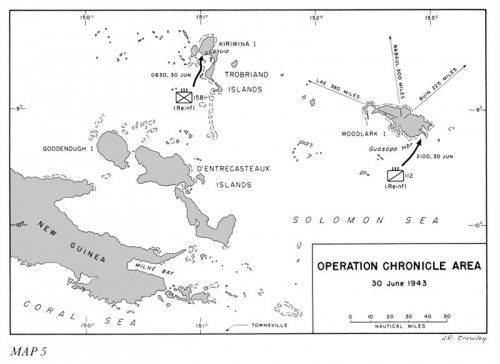Roger L Simon has an interesting column on the consequences of a GOP win this fall.
Barack Obama is a man unaccustomed to losing. Life has been exceptionally kind to him, sailing, as he did, through balmy Oahu sunsets, college, law school and career on into the presidency with scarcely a bump. He has been a protected man beyond any in recent memory, feted and praised virtually everywhere he went until the last couple of years. Even now, despite catastrophe after catastrophe, there are acolytes who continue to celebrate him, paying tens of thousands merely to have their photographs taken with him.
When such cosseted people are forced to confront failure, they typically do not do so with grace.
Obama’s style of governing seems to be quite unusual for modern presidents. He does not have a circle of “Wise Men” as most presidents have done, including Bill Clinton, who had Robert Rubin advising him on economics and the bond market.
Obama, instead, relys on a small circle of advisors with little or no experience in national affairs.
Insider books by Robert Gates, Hillary Clinton and Leon Panetta have appeared in rapid succession, implying or directly alleging that the president lives in a bubble, unwilling to listen to advice. He frequently threatens to — and sometimes does — go around the Congress to get his way via, often unconstitutional, executive fiat. We all know that he lies, constantly.
His closest advisor appears to be Valerie Jarrett who has no policy experience and who seems to be a Chicago insider.

